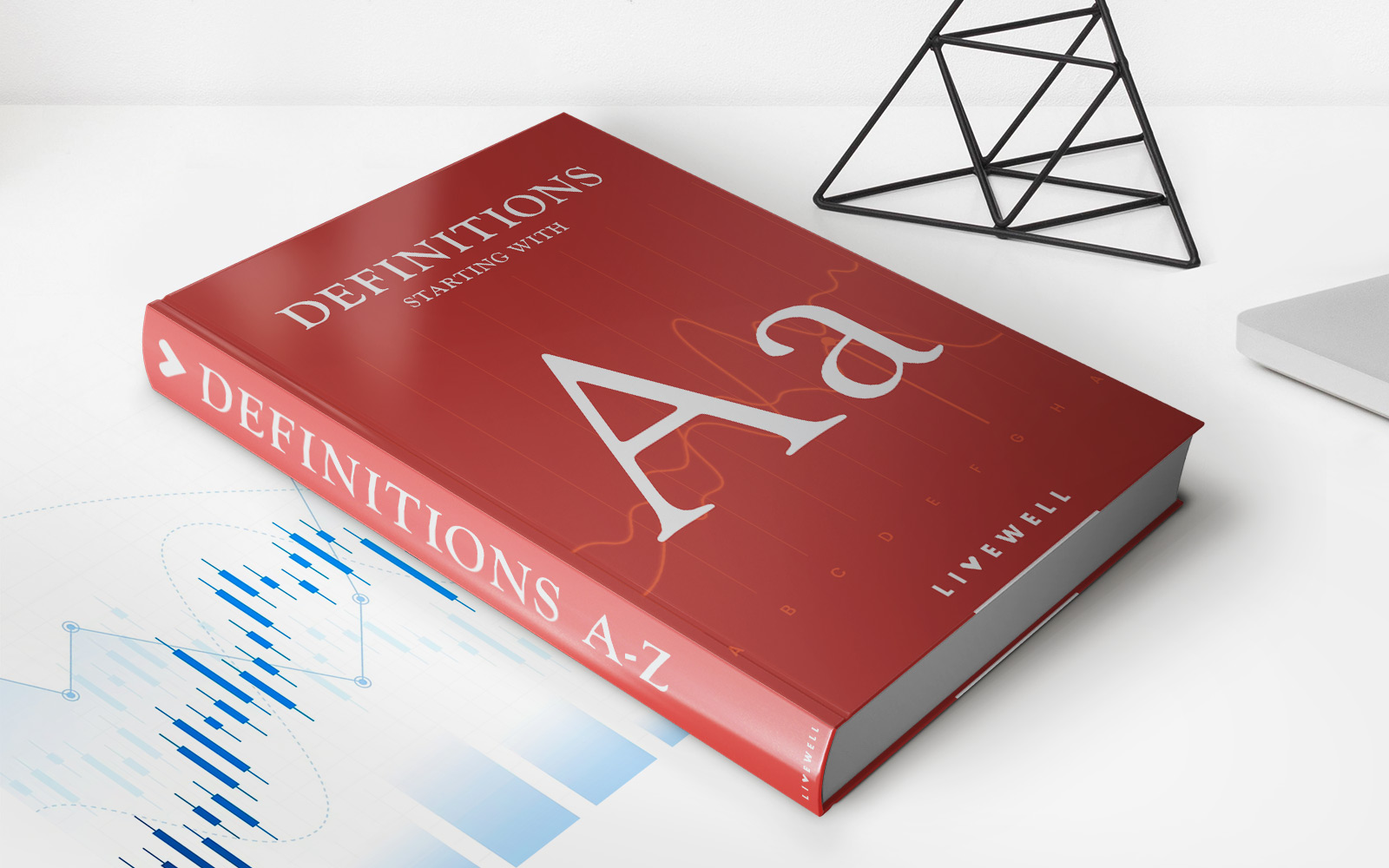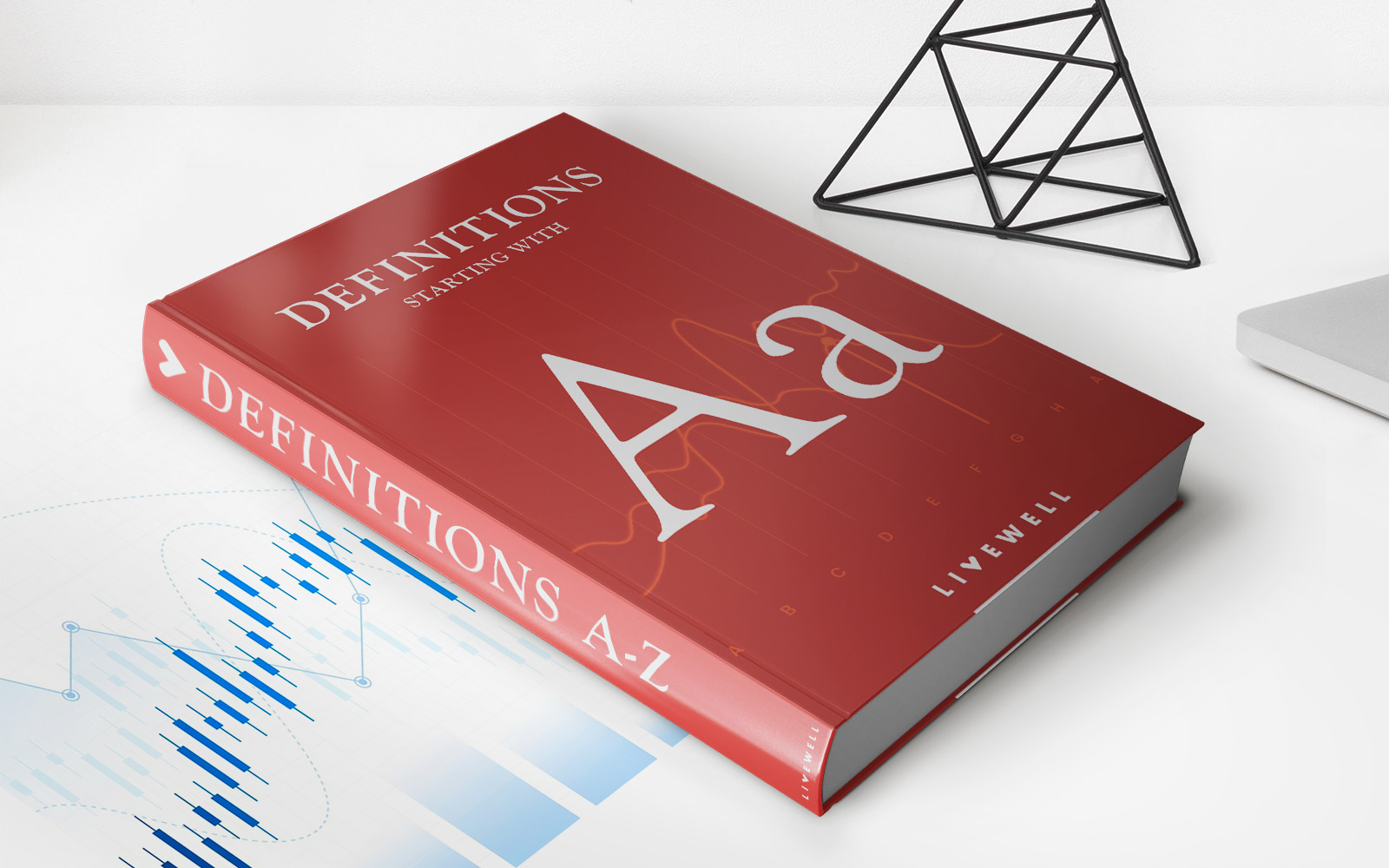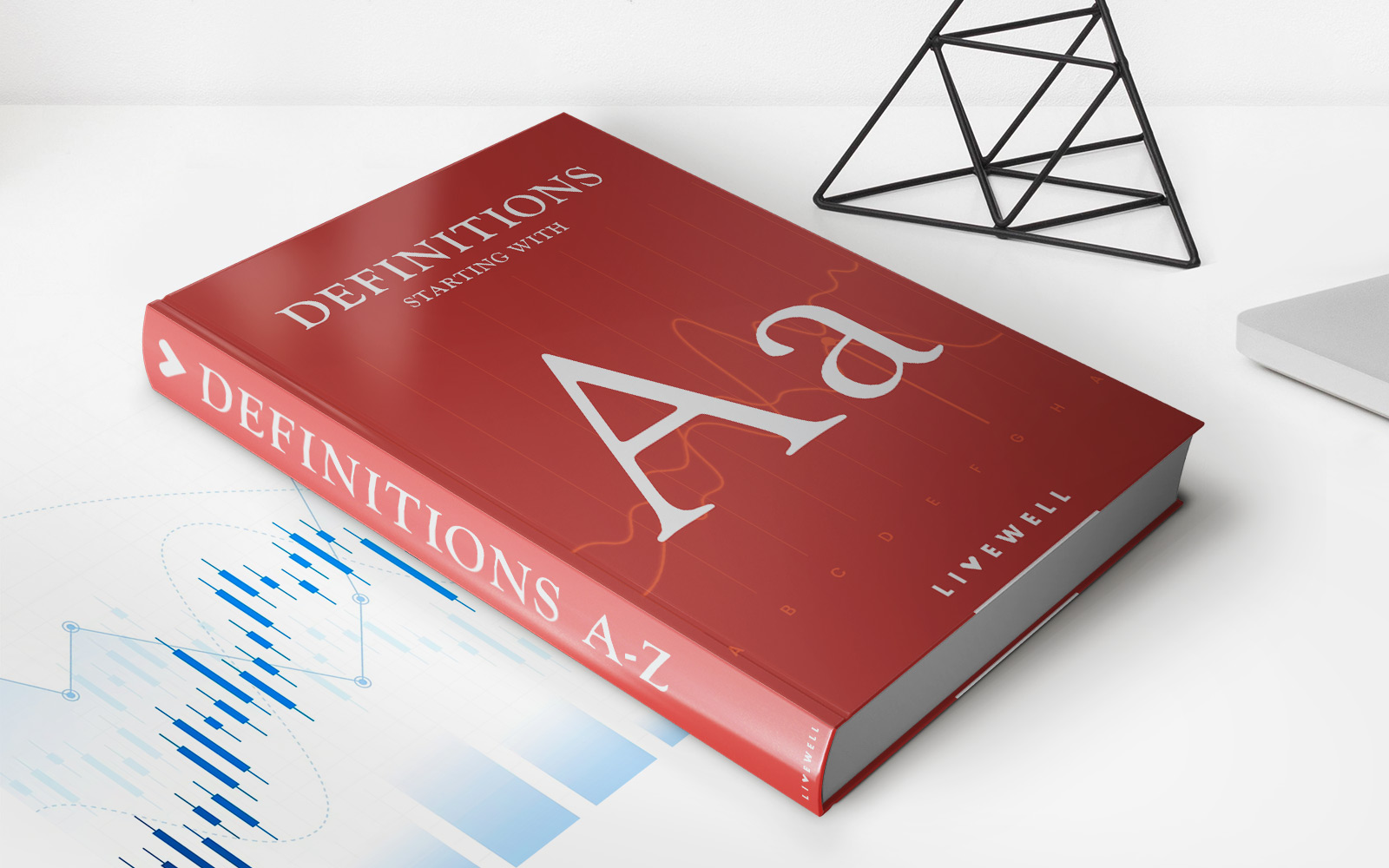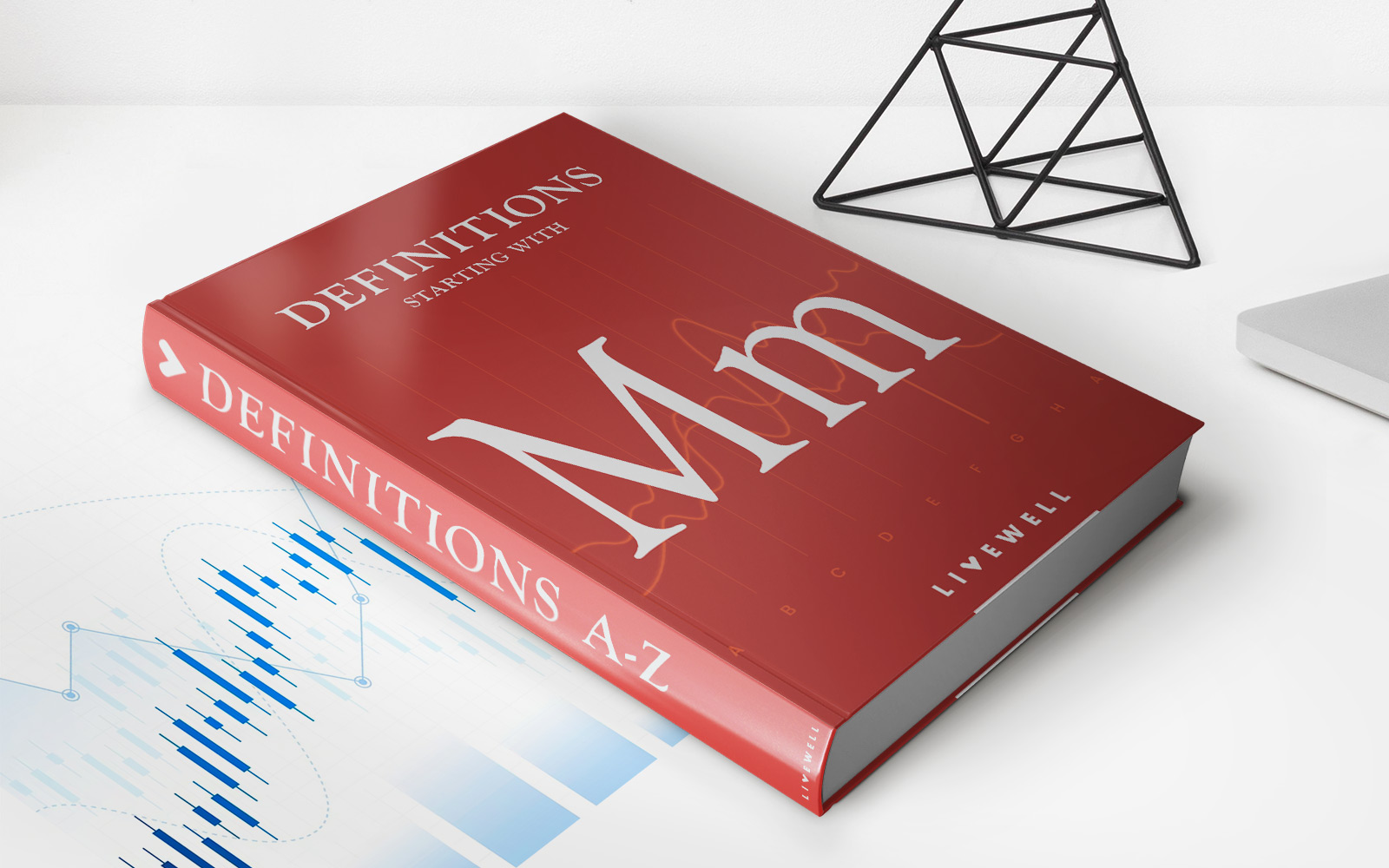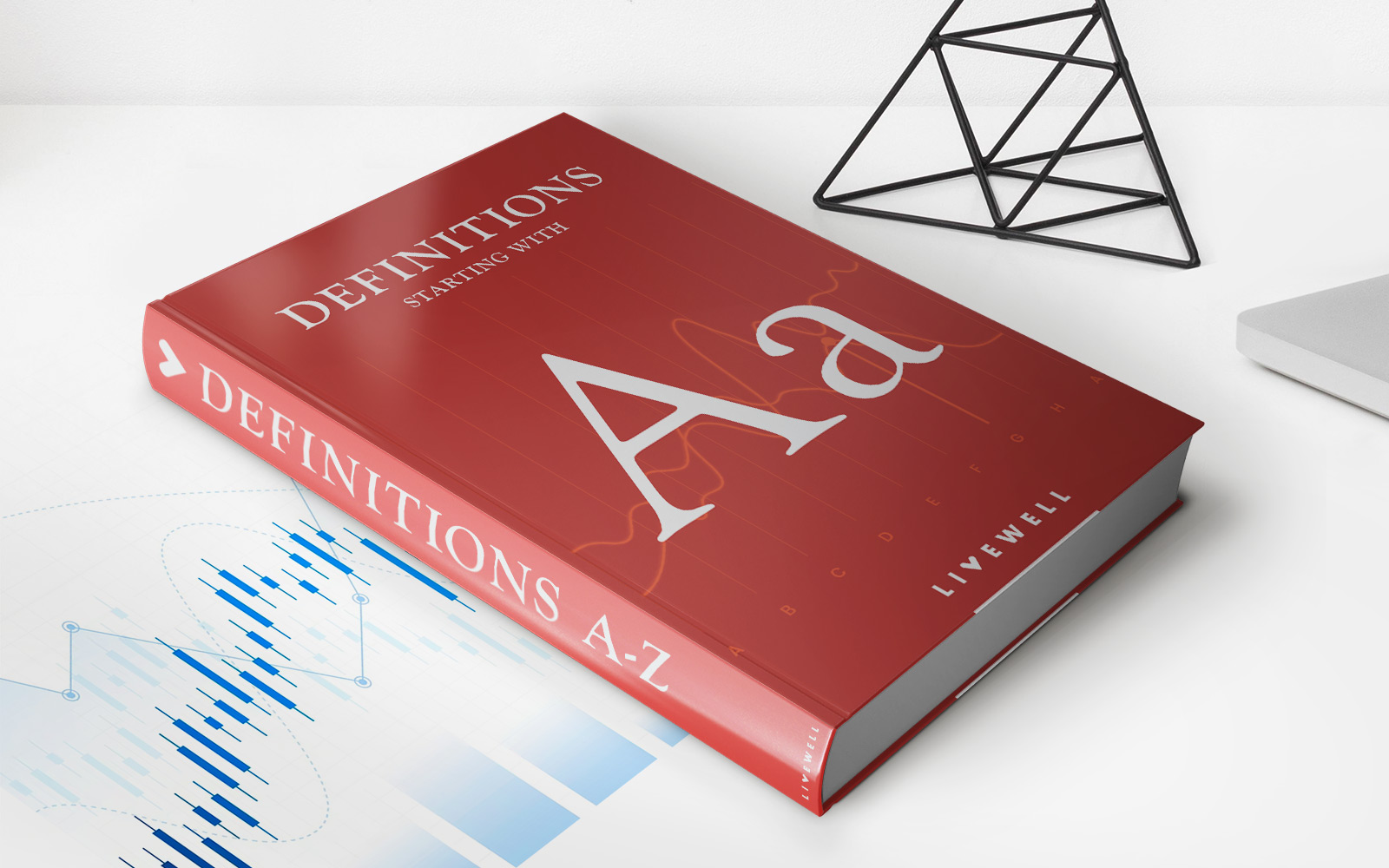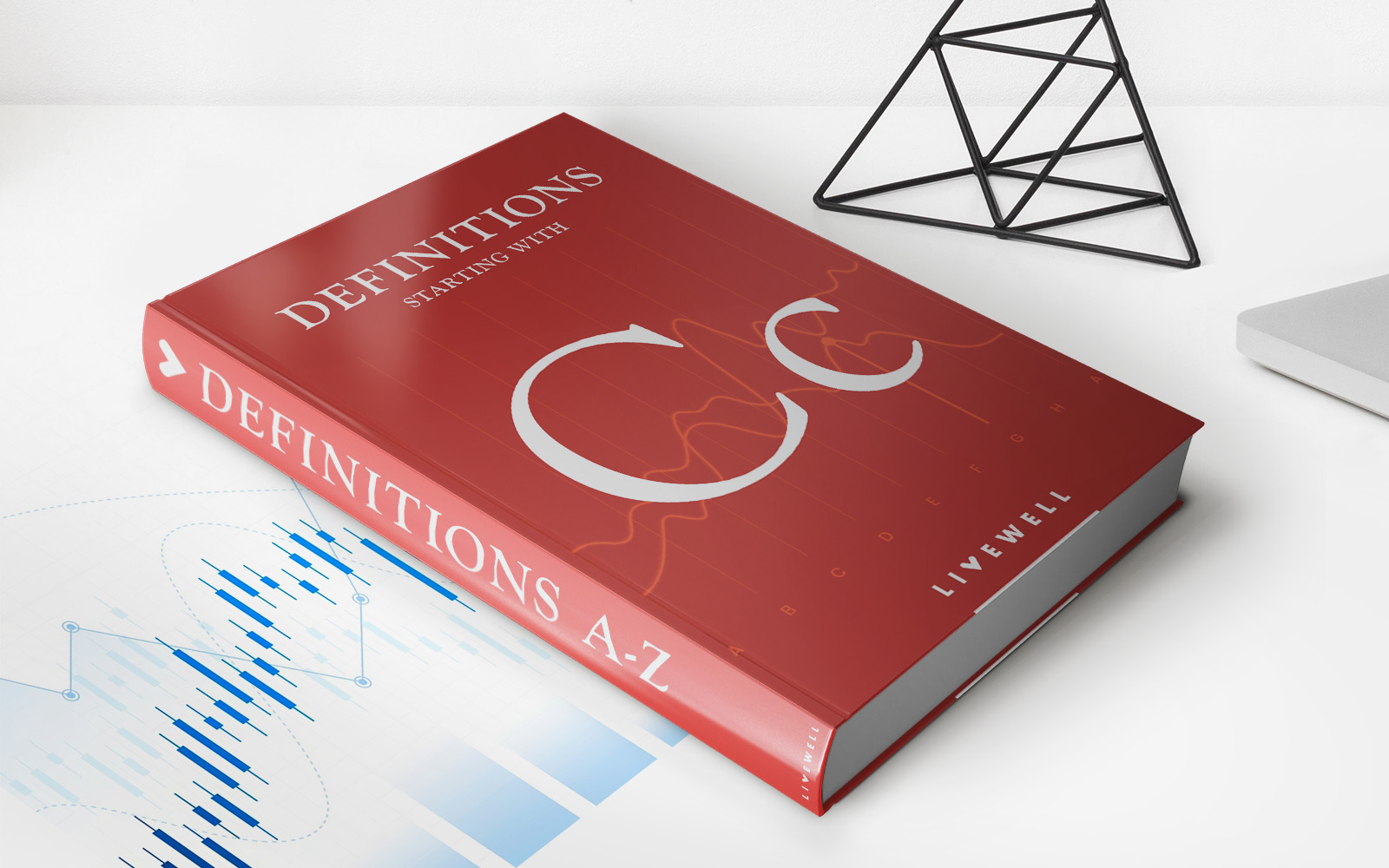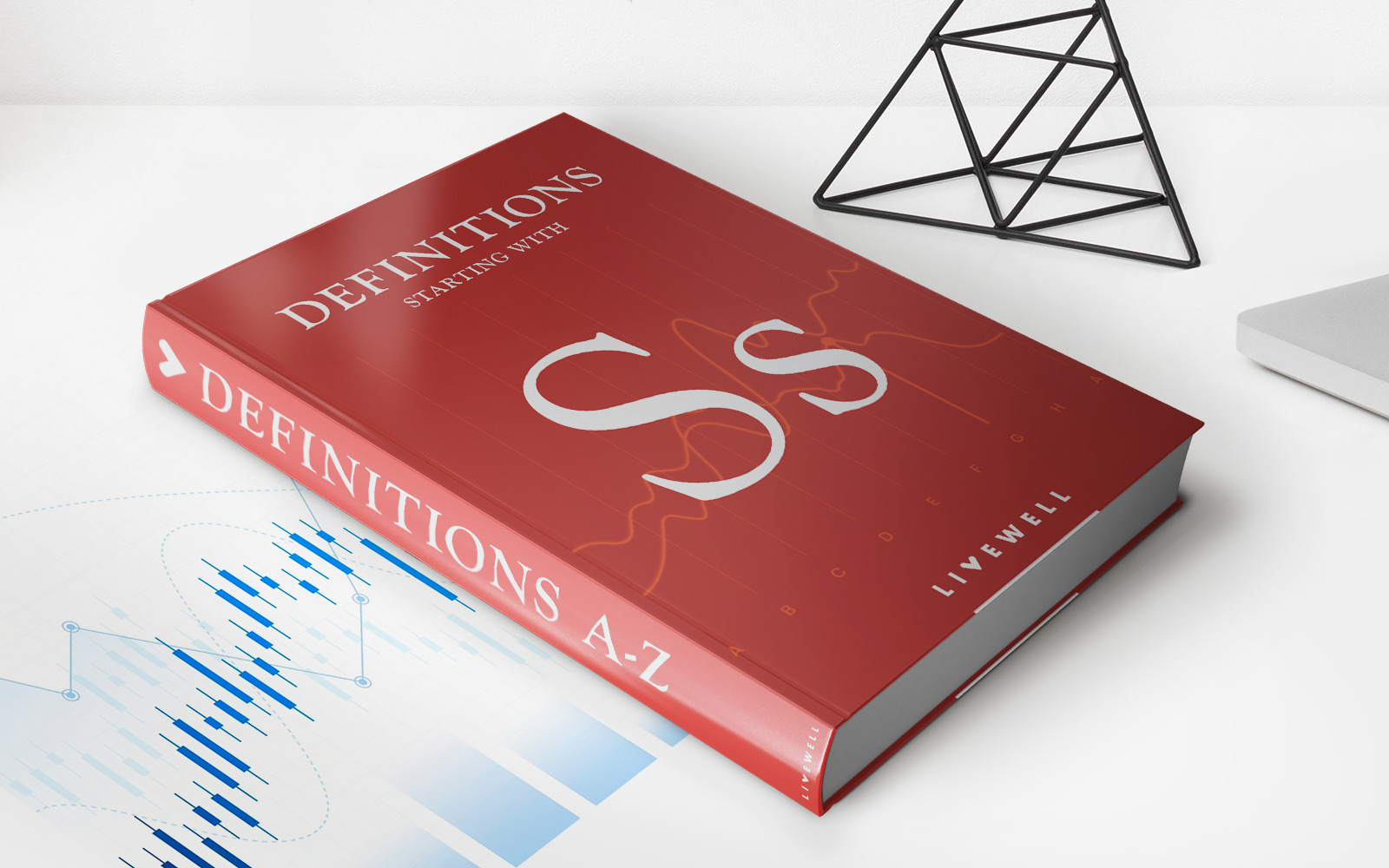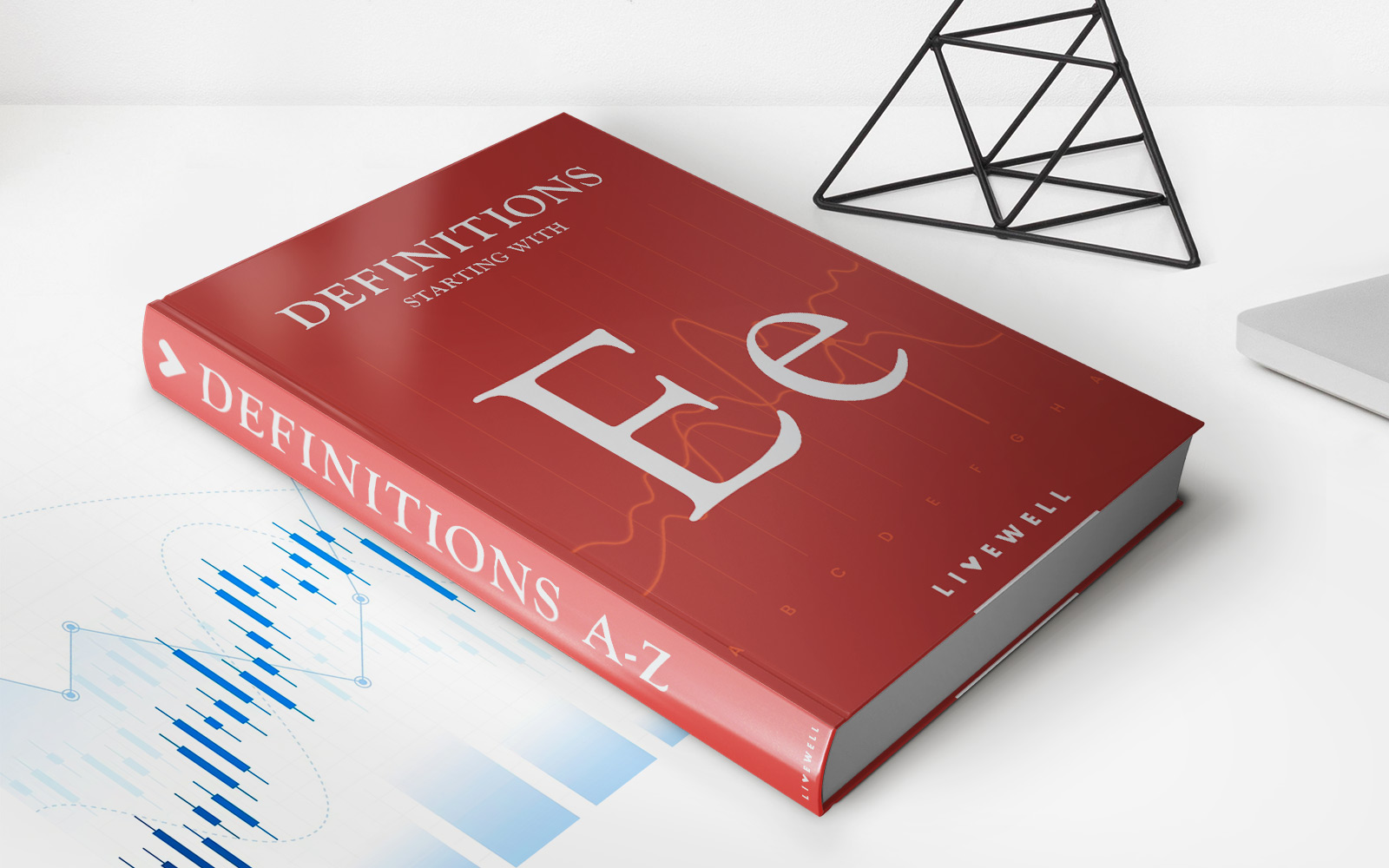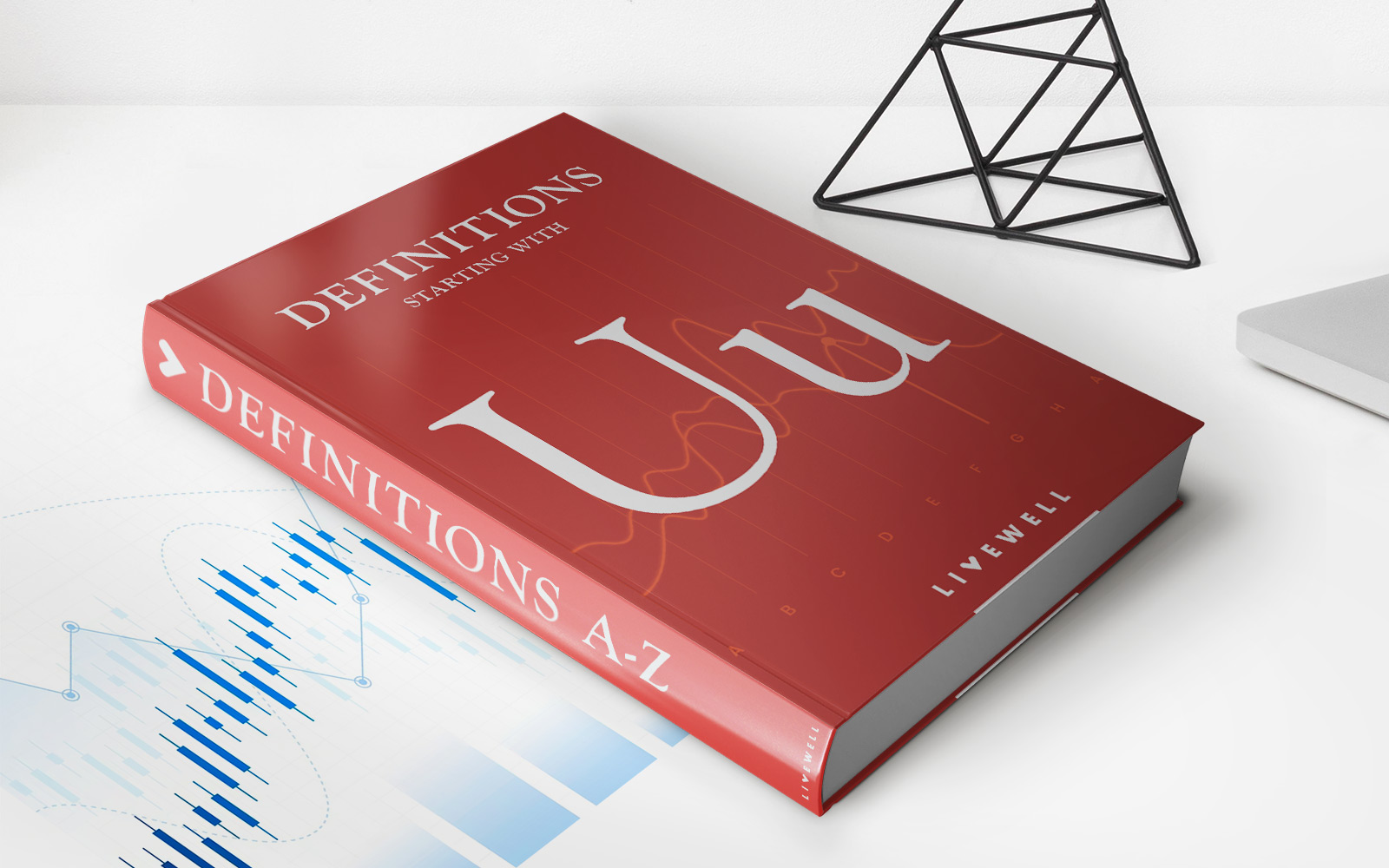

Finance
Uruguayan Peso (UYU) Definition
Published: February 14, 2024
Learn about the Uruguayan Peso (UYU) and its definition in finance. Explore the currency's history, exchange rates, and its impact on the global market.
(Many of the links in this article redirect to a specific reviewed product. Your purchase of these products through affiliate links helps to generate commission for LiveWell, at no extra cost. Learn more)
Understanding the Uruguayan Peso (UYU) Definition
When it comes to finance, it’s crucial to stay informed about different currencies and their values. Today, we will be delving into the Uruguayan Peso (UYU) and unraveling its mysteries. Whether you are planning a trip to Uruguay, considering an investment, or simply curious about global currencies, understanding the UYU is essential.
Key Takeaways:
- The Uruguayan Peso, abbreviated as UYU, is the official currency of Uruguay.
- It is often represented by the symbol “$” and has a subunit called the centésimo, which is equivalent to 1/100th of a peso.
So, let’s delve deeper into the Uruguayan Peso and discover what makes it unique.
Uruguayan Peso (UYU) – An Overview
The Uruguayan Peso is the legal tender and official currency of Uruguay, a country located in South America. It is regulated by the Central Bank of Uruguay, responsible for maintaining stability and issuing currency in the country. The UYU is often represented by the symbol “$” to differentiate it from other currencies that also use the peso name.
Like many other currencies, the Uruguayan Peso has a subunit known as the centésimo, which is equivalent to 1/100th of a peso. However, you may find that the centésimo is rarely used in practice, with transactions mainly conducted in whole pesos.
History of the Uruguayan Peso
The Uruguayan Peso has a rich history dating back to the early 19th century. It was first introduced in 1828, replacing the Spanish real. Since then, the UYU has undergone several transformations, including decimalization in 1862, allowing for easier calculations and transactions.
Throughout its history, the Uruguayan Peso has faced various economic challenges and fluctuations. These include periods of inflation, exchange rate fluctuations, and economic recessions. However, the Central Bank of Uruguay continues to make efforts to maintain stability and foster economic growth.
Current Value and Exchange Rates
As with any currency, the value of the Uruguayan Peso constantly shifts in response to market forces, economic conditions, and geopolitical factors. To stay updated on the exchange rates and value of the UYU, it is advisable to consult reliable sources such as financial news websites or currency exchange platforms.
When traveling to Uruguay or engaging in international trade involving the Uruguayan Peso, it is important to consider exchange rates and conversion fees. Many financial institutions and currency exchange services offer UYU conversion services, allowing for easy access to the local currency.
Conclusion
The Uruguayan Peso (UYU) is the official currency of Uruguay. Understanding its history, value, and exchange rates is crucial for anyone planning a visit, exploring investment opportunities, or simply interested in global currencies.
Next time you come across the symbol “$” while researching the Uruguayan Peso, you’ll have a better understanding of what it represents – the vibrant and ever-changing world of finance and the unique story of the Uruguayan economy.



